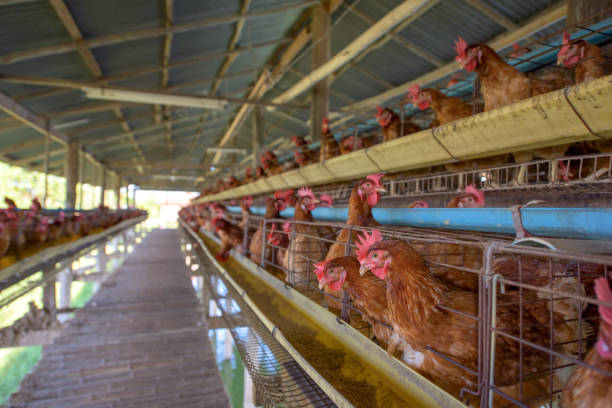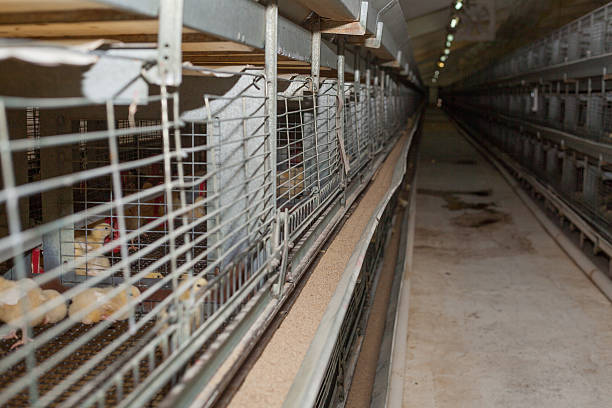Investing in an Automatic Chicken Cage System for Your 50,000-Bird Farm in Zambia
Investing in an Automatic Chicken Cage System for Your 50,000-Bird Farm in Zambia
Zambia’s agricultural sector is experiencing robust growth, and poultry farming is a significant contributor to this expansion. For Zambian entrepreneurs looking to scale their operations, particularly those managing or planning a 50,000-bird farm, investing in an automatic chicken cage system presents a compelling pathway to increased efficiency, profitability, and sustainability. This article will delve into the myriad benefits of automation, focusing on the practical considerations and financial advantages relevant to the Zambian context.
First, let’s visualize a 50,000-bird operation. Managing that many chickens manually is a monumental task, requiring significant labor and resources. Traditional methods of feeding, watering, egg collection, and manure removal are time-consuming, prone to inconsistencies, and can lead to higher operational costs. An automatic chicken cage system streamlines these processes, drastically reducing the need for manual labor and minimizing the potential for human error.
One of the most significant advantages of an automatic system is its impact on feeding efficiency. In a manual system, feed distribution can be uneven, leading to some birds being overfed while others are undernourished. This inconsistency affects overall flock health, egg production, and feed conversion ratios. An automatic feeding system delivers precise amounts of feed to each cage at predetermined intervals, ensuring every bird receives the optimal nutrition. This not only improves bird health and egg production, but also minimizes feed waste, a crucial factor considering the cost of feed in Zambia.
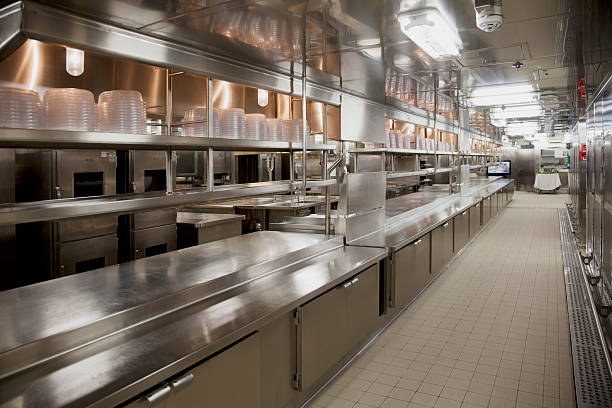
Watering is another critical aspect where automation excels. Manual watering systems are susceptible to contamination and inconsistent water supply. Automatic nipple drinkers provide a constant supply of clean, fresh water, reducing the risk of disease and ensuring optimal hydration for the flock. This is particularly important in Zambia’s climate, where temperatures can fluctuate significantly, impacting the birds’ water intake. Consistent access to clean water directly translates to healthier birds and improved egg production.
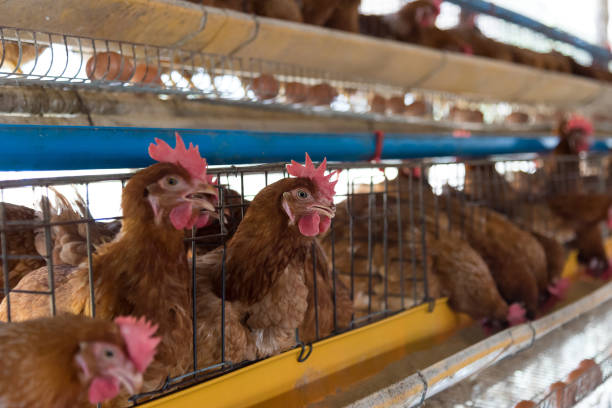
Egg collection is arguably the most labor-intensive task in a large poultry farm. With 50,000 birds, manual egg collection can take several hours each day, requiring a dedicated team of workers. An automatic egg collection system gently transports eggs from the cages to a central collection point, minimizing breakage and labor costs. This not only saves time and money but also improves the overall quality of the eggs, as they are handled less frequently and are less likely to be cracked or contaminated. For a Zambian farmer aiming to meet the growing demand for quality eggs, this is a key advantage.
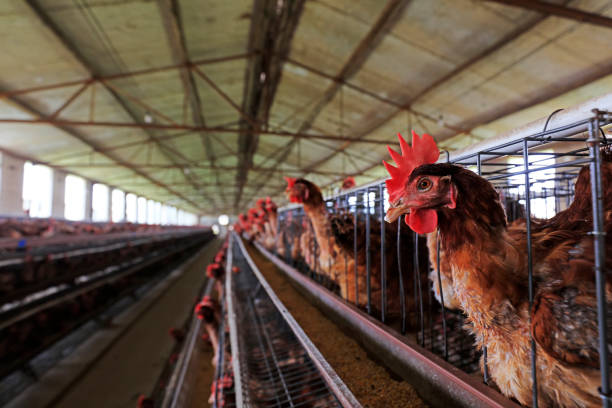
Manure removal is another area where automation offers significant benefits. In manual systems, manure accumulates, creating unsanitary conditions that can lead to disease outbreaks and poor air quality. An automatic manure removal system efficiently removes manure from the cages, reducing the risk of disease, improving air quality, and minimizing the need for manual cleaning. This not only creates a healthier environment for the birds but also reduces the labor costs associated with manure management. Properly managed manure can also be used as fertilizer, providing an additional source of income for the farmer.
Beyond the direct operational benefits, an automatic chicken cage system also offers advantages in terms of bird welfare. The consistent environment provided by the system, with controlled feeding, watering, and temperature, reduces stress on the birds, leading to improved overall health and productivity. In addition, the design of modern cage systems prioritizes bird comfort, with features like spacious cages and proper ventilation. This focus on bird welfare not only improves productivity, but also aligns with the growing demand for ethically produced eggs.
Now, let’s address the financial considerations. The initial investment in an automatic chicken cage system can seem substantial, particularly for a 50,000-bird farm. However, it’s essential to consider the long-term return on investment. The reduced labor costs, improved feed efficiency, higher egg production, and lower disease rates associated with automation all contribute to significant cost savings over time. A detailed cost-benefit analysis should be conducted, taking into account factors such as the cost of the system, the expected increase in egg production, the reduction in labor costs, and the potential savings on feed and medication.
Financing options are available to Zambian farmers who wish to invest in an automatic chicken cage system. Government agricultural programs, commercial banks, and microfinance institutions offer loans and grants to support agricultural development. Exploring these options can help make the investment more affordable and manageable. In addition, some poultry equipment suppliers offer financing or leasing options, which can further ease the financial burden.
Choosing the right supplier is crucial for the success of the investment. Look for a reputable supplier with experience in providing automatic chicken cage systems to African countries. The supplier should offer high-quality equipment, reliable after-sales service, and technical support. It’s also essential to ensure that the system is suitable for the Zambian climate and farming conditions. Consider factors such as the availability of spare parts, the ease of maintenance, and the energy efficiency of the system. A supplier who can provide training and ongoing support will be invaluable in ensuring the smooth operation of the system.
Another important aspect to consider is energy efficiency. Zambia’s electricity supply can be unreliable, and energy costs can be high. Choosing an energy-efficient system can help minimize operating costs and reduce reliance on the grid. Consider options such as solar-powered systems or generators to ensure a constant power supply. Energy-efficient lighting and ventilation systems can also contribute to significant cost savings.
In conclusion, investing in an automatic chicken cage system for a 50,000-bird farm in Zambia is a strategic move that can lead to increased efficiency, profitability, and sustainability. The reduced labor costs, improved feed efficiency, higher egg production, and lower disease rates associated with automation all contribute to significant cost savings over time. While the initial investment may seem substantial, the long-term return on investment is well worth considering. By carefully evaluating the available options, choosing the right supplier, and securing appropriate financing, Zambian farmers can unlock the full potential of their poultry operations and contribute to the growth of the country’s agricultural sector. The benefits extend beyond mere profit margins. Automated systems empower farmers to focus on strategic management, optimize flock health, and explore value-added opportunities such as egg grading, packaging, and direct marketing. Furthermore, the improved working conditions associated with automation attract and retain a more skilled and motivated workforce. This, in turn, fosters a more professional and sustainable poultry farming industry in Zambia. As Zambia continues to develop its agricultural infrastructure and embrace modern farming techniques, automated chicken cage systems will undoubtedly play a crucial role in shaping the future of poultry production and contributing to food security and economic growth. The key is to approach the investment with careful planning, a thorough understanding of the available technologies, and a commitment to sustainable farming practices.



